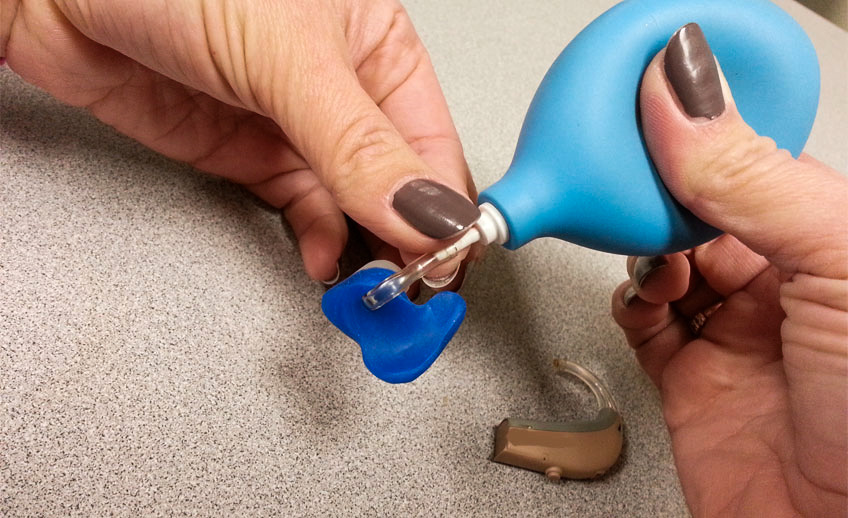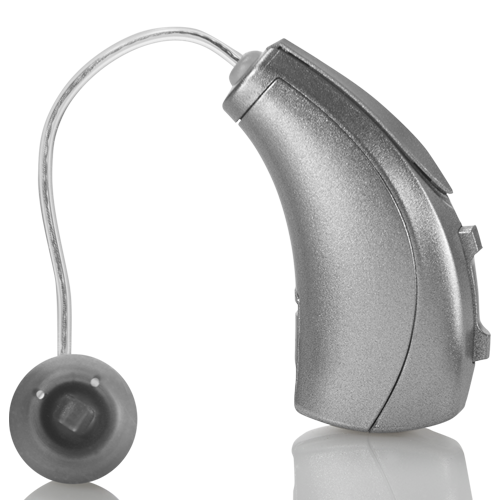Hearing aids are amazingly durable when you consider they are used all day, every day and are full of delicate electronics. Although most hearing aids will last roughly 5 years or more, they will need minor maintenance and repairs from time to time.
When your hearing aids are not working as designed, they may reduce your ability to hear and that can affect your quality of life. That’s why, as soon as there’s a performance issue with your hearing aid, it’s important that you get it inspected before a small problem becomes a large headache. Below are some of the most common hearing aid problems and why they happen.
Simple Wear & tear
Like all high-tech devices, over time hearing aids’ performance can deteriorate for a variety of reasons. Electronics prefer to be dry and cool. But, in the case of hearing aids we are placing them in the inner ear where it’s warm and moist. To keep your hearing aids working the very best for long periods of time, there are a few things that you can do. It’s also a good idea to routinely clean wax buildup off the hearing aid by brushing the hearing aids nightly. We are happy to show you how and as part of our continuous care guarantee, you can bring your hearing aids by any time for a thorough cleaning at no charge.
Bring your hearing aids by any time for a thorough cleaning at no charge.
Earmoulds Falling Out
Although a bit rare, it is worthwhile to mention this problem so you can recognize it. Most people never notice it, but our ears can change shape over time. The most common reason is significant weight loss or weight gain. As the ear’s shape changes, the seal between the earmould in your inner ear canal begins to fail. This can lead the earmold falling out and even a whistling sound due to the poor seal. The best fix for this is simply to come and see us have been earmoulds fitted. There is a small cost to have new moulds made as we must ship them out for casting.
What is more common though, is that the silicon that makes up the earmould will wear though handling and regular use. It is common to replace the earmoulds after a few years of continuous use.
Loss of Power
When hearing aids lose power it’s almost guaranteed that there’s a problem with the batteries. Once you have replaced the old batteries with fresh batteries and you still experience either intermittent power or reduced power, it’s best to call in or stop by as soon as possible.
Water & Your Hearing Aids
While most hearing aids are very resistant to moisture a prolonged dunk is to be avoided. That said, it’s going to happen at some point that your hearing aids will become wet. It’s best to power them off and drive them with a soft cloth. Water damage is usually repairable will likely require a trip to our office and is covered under warranty. Outside of the warranty period we consider water damage to be a regular repair.
Tubing Becomes Brittle or Splits
The plastic tubing that connects the earmold to the hearing aid can over time, become brittle and eventually split. This will greatly degrade the quality of sound being heard by the hearing aid user. To avoid this, we recommend changing the tubing every six months as a part of regular maintenance. It’s also a good idea to avoid water and wax build up in the tubing as it will effect sound quality.
Maintenance tip: Change the plastic tubing that connects the hearing aid and the earmould every 6 months.
Continuous Care Guarantee
Although hearing aids are built to last, maintenance and minor repairs are required. It’s generally best to take care of any repairs quickly to prevent further damage. Also, because in office repairs are covered under our continuous care guarantee, you don’t have to worry about maintenance costs for as long as you own your hearing aids.
For more information about our continuous car guarantee, click the link or call us at (204) 788-1083



